Britain's cocaine habit: use of the drug is surging in the UK – with alarming consequences
Cocaine's journey to the recreational British user involves an elaborate network of cartels, traffickers and street-level hustlers
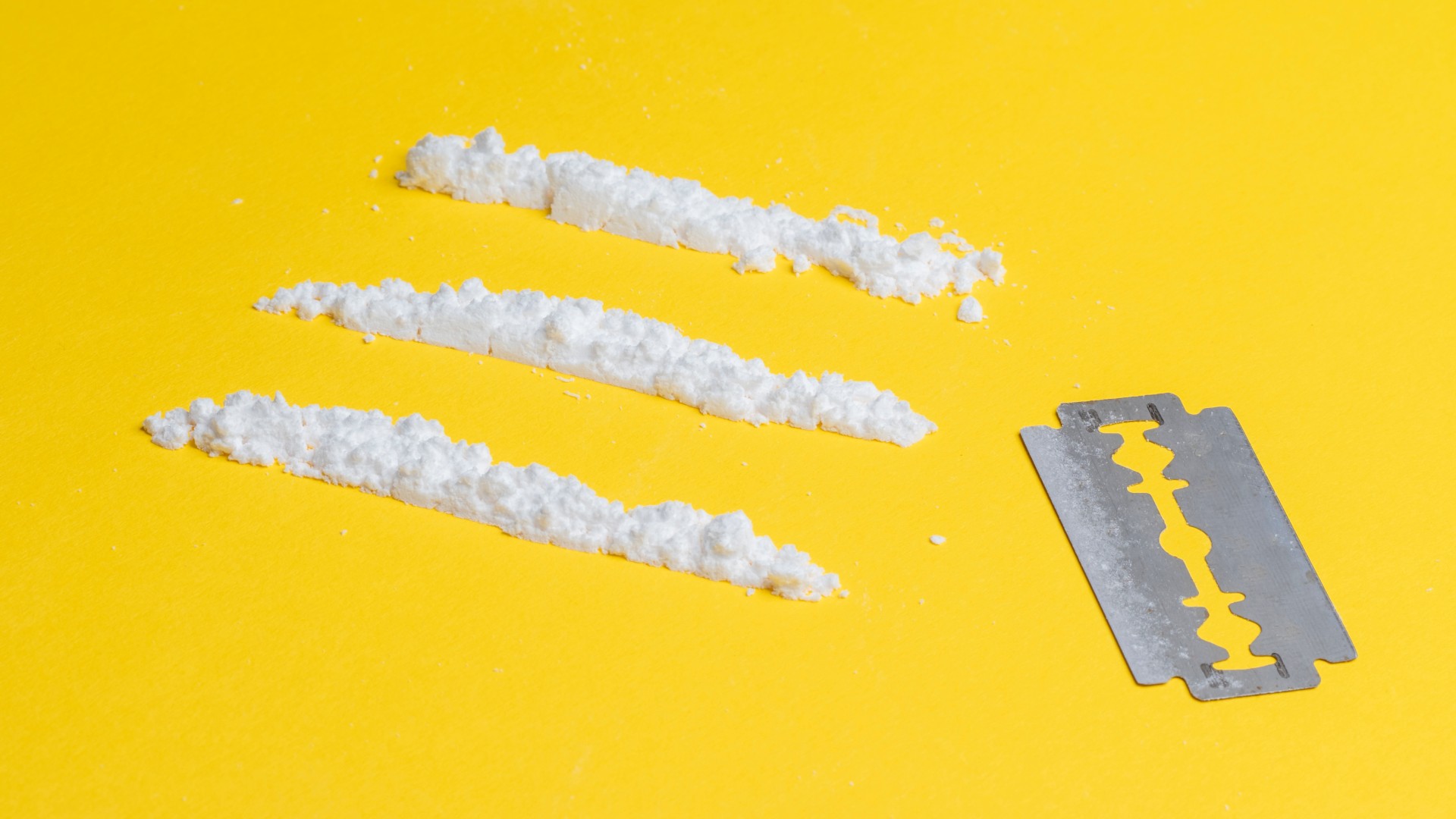
Britain is taking more cocaine than ever before. The UK is now the largest consumer of cocaine per capita in Europe, and the second largest in the world (behind Australia), according to a 2023 report by the OECD, which suggests 2.7% of adults aged 15 to 64 take the drug at least once a year.
The Office for National Statistics (ONS) estimates that use is a little lower than that, with 2.4% of 16- to 59-year-olds in England and Wales using powdered cocaine. It is the second-most popular drug, after cannabis (a much smaller proportion use crack cocaine, a crystal form which is smoked, not snorted or injected). The National Crime Agency estimated in 2023 that England, Scotland and Wales consume 117 tonnes of the drug per year – enough to "fill a football stadium", according to The Times. Analysis of wastewater suggests that consumption grew by 7% between 2023 and 2024.
What's behind the increase?
The biggest single factor seems to be its affordability. Cocaine – also known variously as charlie, chisel, blow, sniff and bugle – is mostly used recreationally (as opposed to by addicts). And while the price of alcohol has soared in recent years, cocaine has become much cheaper: pre-2020, a gram of cocaine would typically cost about £100; today, it is sold for as little as £50. It's also readily available. In many areas of Britain, the drug can now be ordered as easily as a takeaway pizza: if you want to get hold of it, you can quickly do so via social media; dealers use combinations of emojis (snowflakes and snowmen, for instance) to offer it for sale.
The Week
Escape your echo chamber. Get the facts behind the news, plus analysis from multiple perspectives.

Sign up for The Week's Free Newsletters
From our morning news briefing to a weekly Good News Newsletter, get the best of The Week delivered directly to your inbox.
From our morning news briefing to a weekly Good News Newsletter, get the best of The Week delivered directly to your inbox.
Why have prices fallen?
Because of a massive boom in supply. Global cocaine production has more than doubled since 2014. In Colombia, the world's largest cocaine-producing country, the area of land dedicated to the cultivation of coca leaves is now thought to be four times greater than it was in 2014, covering more than 620,000 acres (Mexican crime groups such as the Sinaloa Cartel are increasingly involved at ground level, paying farmers in advance and encouraging cultivation of productive strains). Production has also soared in other major cocaine-producing nations, such as Peru and Bolivia. The cartels have targeted the European market, knowing that they can charge far higher prices here than they can back home: a kilo of cocaine bought for $1,000 in Colombia is worth perhaps €35,000 in Europe. Once this reaches the UK, it's mostly sold on the street for cash, which helps to keep price inflation low: it generally rises only in £10 increments.
Who's using it?
Perhaps unsurprisingly, it's mostly young people: according to the ONS, 3.8% of 16- to 24-year-olds took the drug in the year ending March 2024, compared with 2.1% of people aged 16-59. But cocaine appears to have shed its association with City slickers, yuppies and expensive nightclubs; it's now the drug of choice for many match-going football fans, and has even found its way onto the parliamentary estate. The trend has prompted some experts to suggest that cocaine has become a "working-class narcotic", used by "builders, plumbers, joiners, whoever"; anecdotally, workers often use it to get through the final hours of their shifts. That said, the drug is still more likely to be taken by people with incomes over £52,000 than by people on lower salaries; this has led police chiefs to inveigh against hypocritical "middleclass" drug users who worry about issues such as climate change, but think there is "no harm in taking a bit of cocaine".
Is there any harm in it?
Yes. Cocaine, a class-A drug, has serious short- and long-term health risks: it can cause cardiovascular damage, neurological injury – seizures, paranoia, psychosis – respiratory failure and sudden death. In 2023, drug-poisoning deaths in England and Wales hit their highest level in 32 years; there were 1,118 cocaine deaths, nearly seven times higher than a decade earlier. Men from "Gen X", born around the 1970s, were disproportionately affected. Its wider social effects on Britain are baleful, too. In 2021, the Home Office estimated that drug-linked crime cost society nearly £20bn a year in England and Wales. Of the 3,148 recorded homicides in England and Wales between April 2018 and March 2023, 1,627 (52%) were drug-related. There is also evidence that cocaine use is fuelling domestic violence: in 2023, a pilot scheme found that 59% of domestic abuse offenders arrested in seven police force areas tested positive for cocaine and/or opiates.
What about further afield?
Drug gangs in Central and South America have destabilised the region – undermining governments, killing tens of thousands every year. Gangs such as the Sinaloa Cartel and MS-18 control vast territories through violence and corruption; they erode democratic institutions, hollow out public services, degrade and deforest the environment, and compel citizens to migrate for safety. Ecuador's emergence as the key transatlantic cocaine gateway (70% of cocaine now flows through its ports) has been accompanied by a huge increase in homicides – 8,000 in 2023, eight times more than in 2018.
A free daily email with the biggest news stories of the day – and the best features from TheWeek.com
Can anything be done?
Headlines about cocaine seizures are ten a penny. Last year, police and the Border Force seized the largest quantity of cocaine (26.57 tonnes; estimated street value, £2bn) since records began, 75% up on 2023. Officials at the port of Antwerp complain that they're seizing more drugs than they can destroy. But with so much money to be made, traffickers are still finding ways of getting their drugs onto the street: whether by corrupting or blackmailing officials, by moving to less well-policed ports, or by using new technologies such as underwater "narco-subs" to bring huge hauls to European shores. The gangs are resilient and well-resourced, and adapt to every crackdown.
How cocaine gets to Britain: from Colombia to the doorstep
Cocaine's journey to the recreational British user involves an elaborate network of cartels, traffickers and street-level hustlers. It usually starts with the drug being smuggled into Ecuador by road from Colombia, Peru or Bolivia. In Ecuador, the drug is stashed in warehouses before being transported to ports; South American cartels partner with European groups, such as Albanian gangs, the Calabrian 'Ndrangheta or the Dutch Mocro Maffia. Most cocaine travels via cargo ships carrying goods such as bananas from the port of Guayaquil, which has emerged as the drug-exporting capital of Latin America (and has, as a result, seen soaring numbers of cartel-related homicides). It is then transported, sometimes via west Africa, to ports such as Antwerp, Rotterdam or Gioia Tauro in Italy, and distributed across Europe. Most drugs reach the UK either directly by ship, or by lorry and ferry for the final leg – though some South American drug gangs drop cocaine in flotation devices equipped with trackers off Britain's coast, to be collected by smaller boats. Once ashore, the drugs are distributed to urban and countylines dealers by organised gangs, many of which are Albanian. From there, it's a matter of finding buyers – an increasingly simple task in Britain today.
-
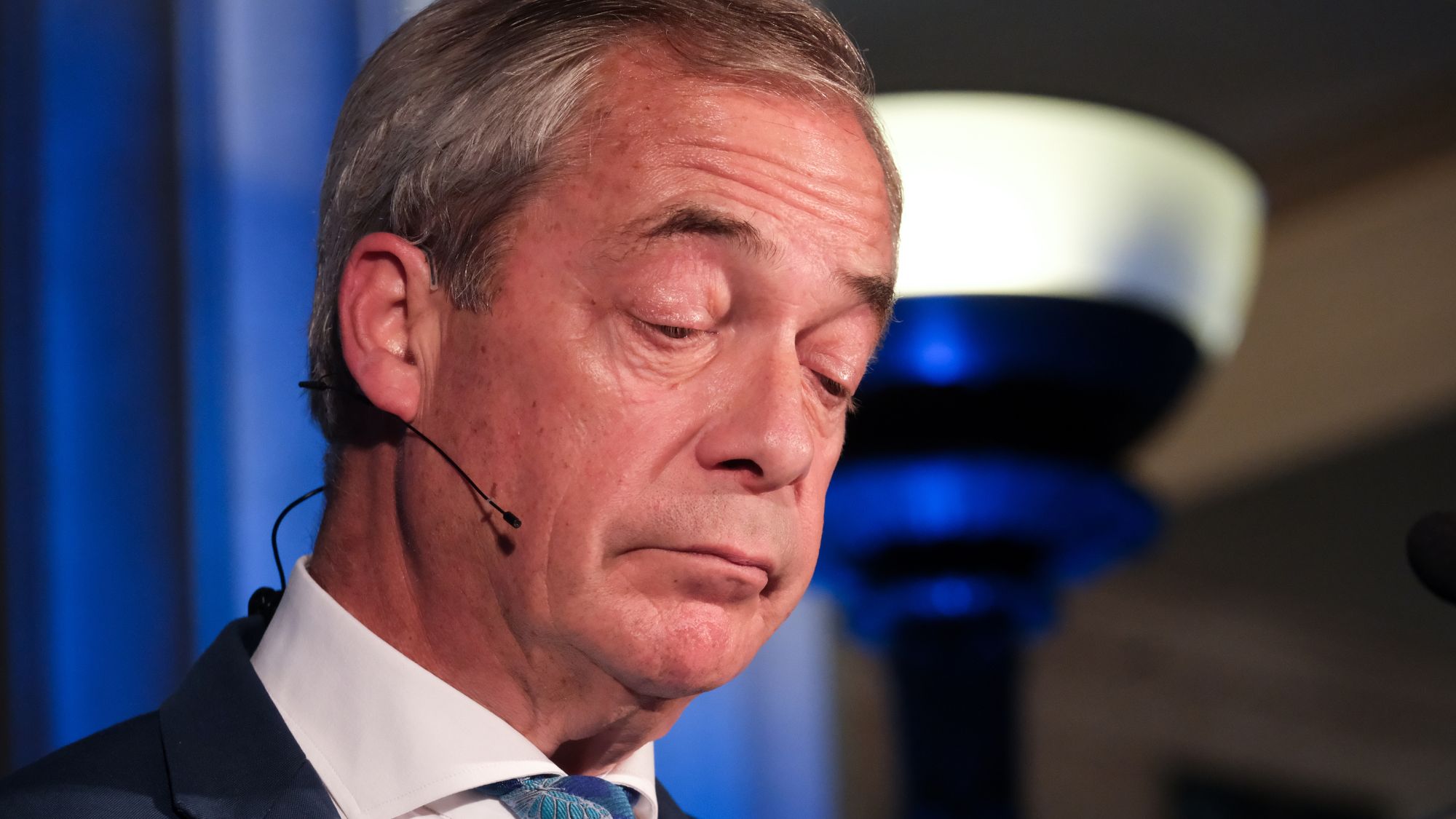 Nigel Farage: was he a teenage racist?
Nigel Farage: was he a teenage racist?Talking Point Farage’s denials have been ‘slippery’, but should claims from Reform leader’s schooldays be on the news agenda?
-
 Pushing for peace: is Trump appeasing Moscow?
Pushing for peace: is Trump appeasing Moscow?In Depth European leaders succeeded in bringing themselves in from the cold and softening Moscow’s terms, but Kyiv still faces an unenviable choice
-
 Sudoku medium: November 29, 2025
Sudoku medium: November 29, 2025The daily medium sudoku puzzle from The Week
-
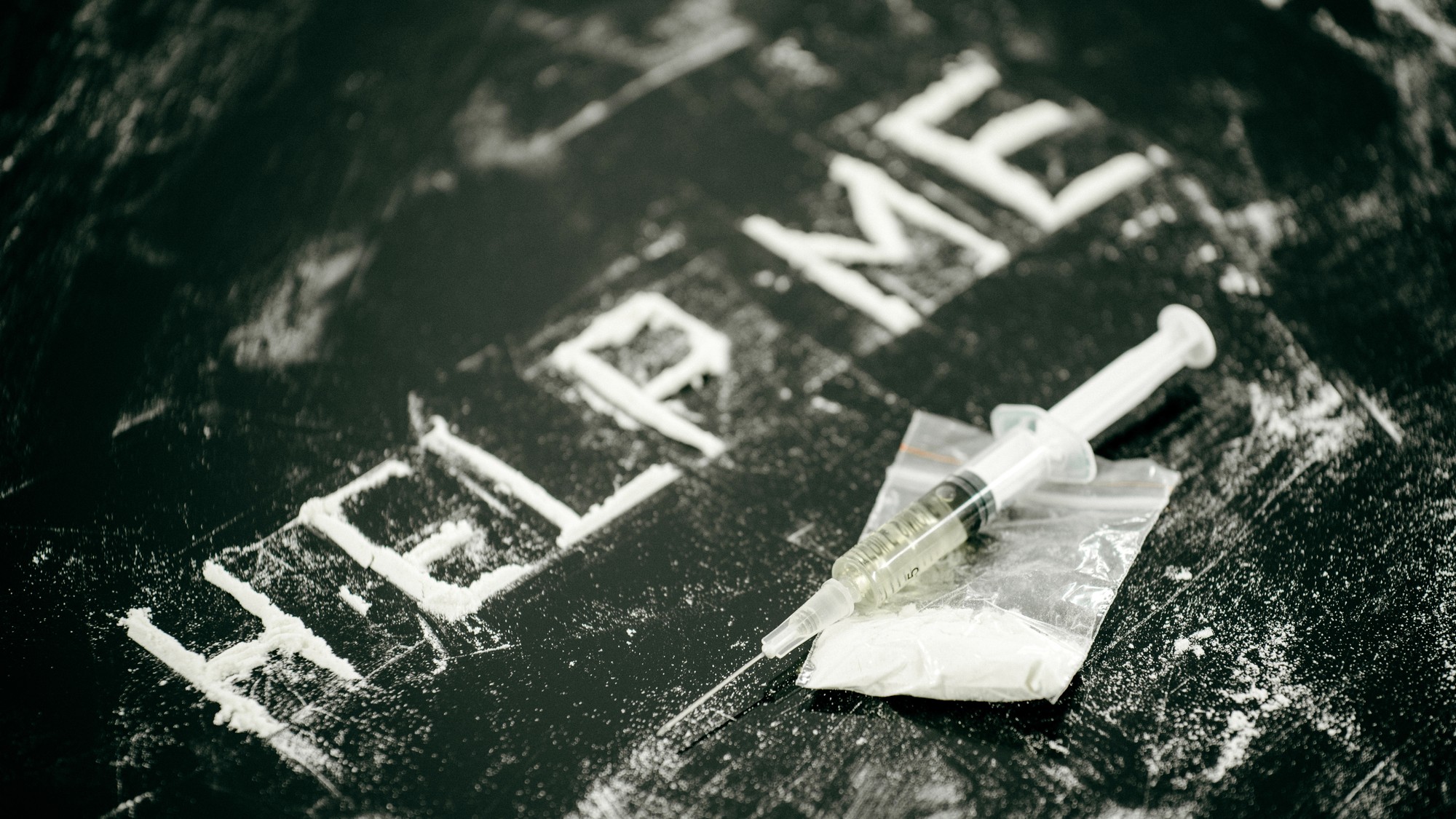 Nitazene is quietly increasing opioid deaths
Nitazene is quietly increasing opioid deathsThe explainer The drug is usually consumed accidentally
-
 Obesity drugs: Will Trump’s plan lower costs?
Obesity drugs: Will Trump’s plan lower costs?Feature Even $149 a month, the advertised price for a starting dose of a still-in-development GLP-1 pill on TrumpRx, will be too big a burden for the many Americans ‘struggling to afford groceries’
-
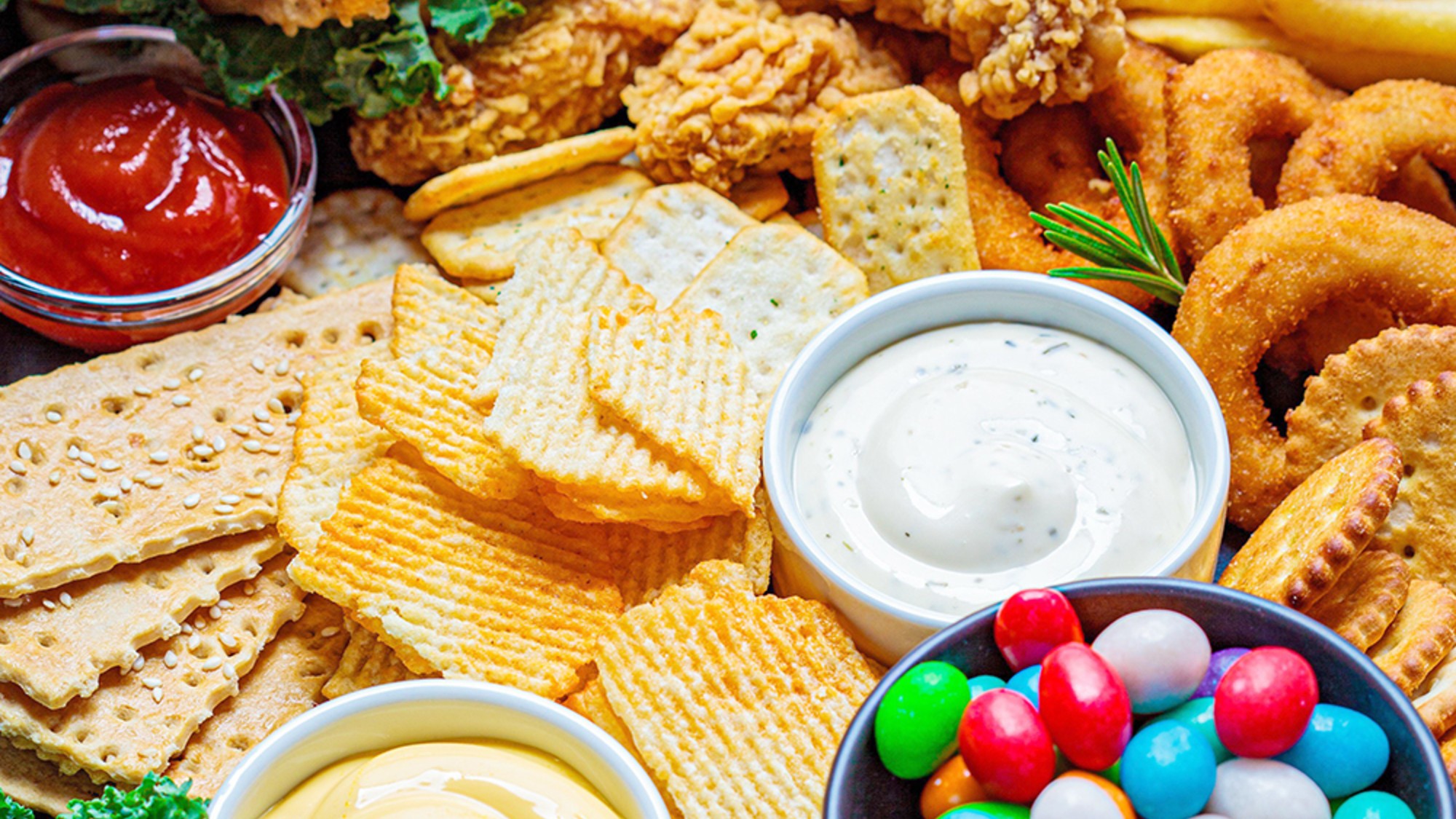 Ultra-processed America
Ultra-processed AmericaFeature Highly processed foods make up most of our diet. Is that so bad?
-
 The quest to defy ageing
The quest to defy ageingThe Explainer Humanity has fantasised about finding the fountain of youth for millennia. How close are we now?
-
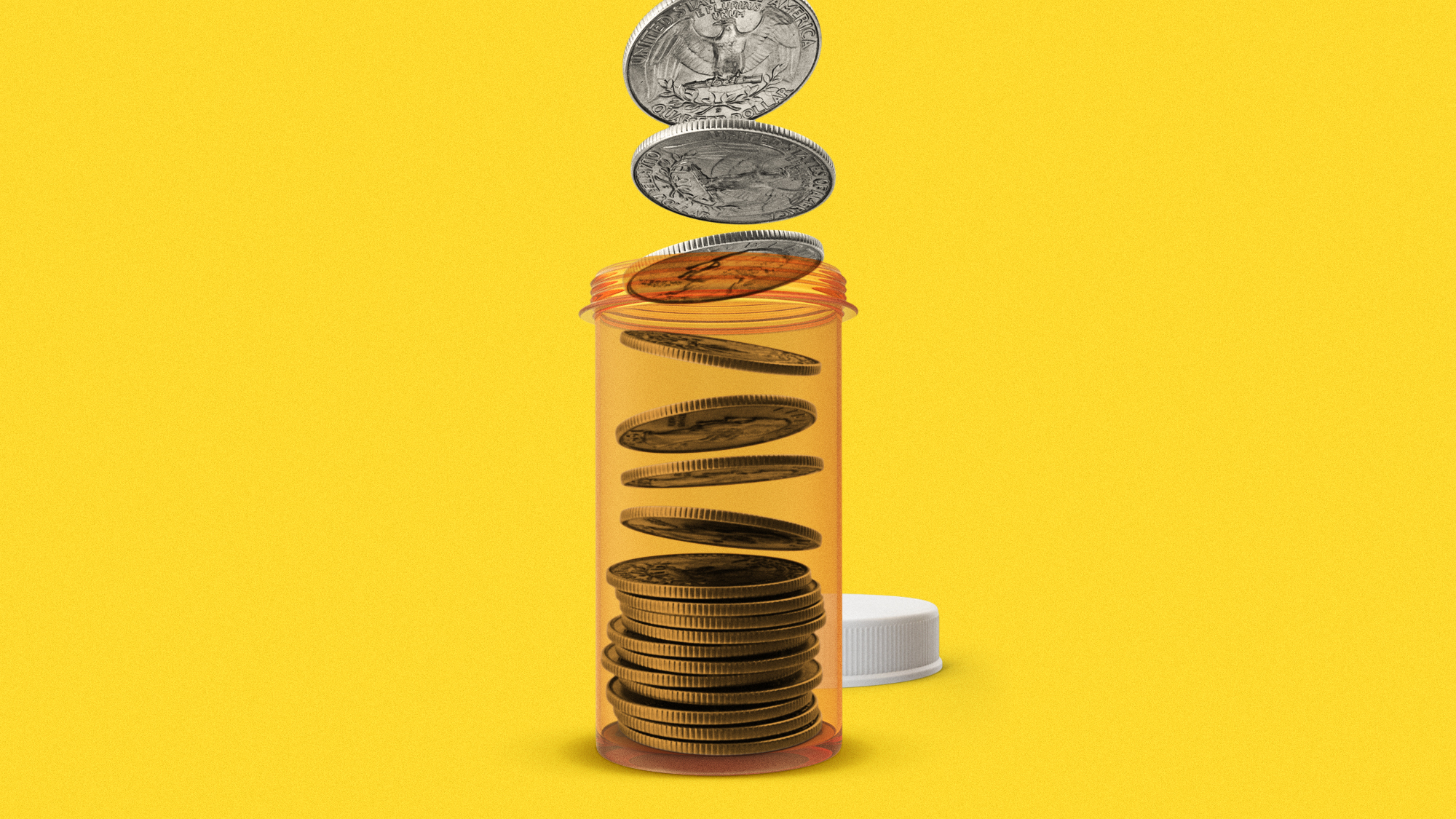 Can TrumpRx really lower drug prices?
Can TrumpRx really lower drug prices?Today’s Big Question Pfizer’s deal with Trump sent drugmaker stocks higher
-
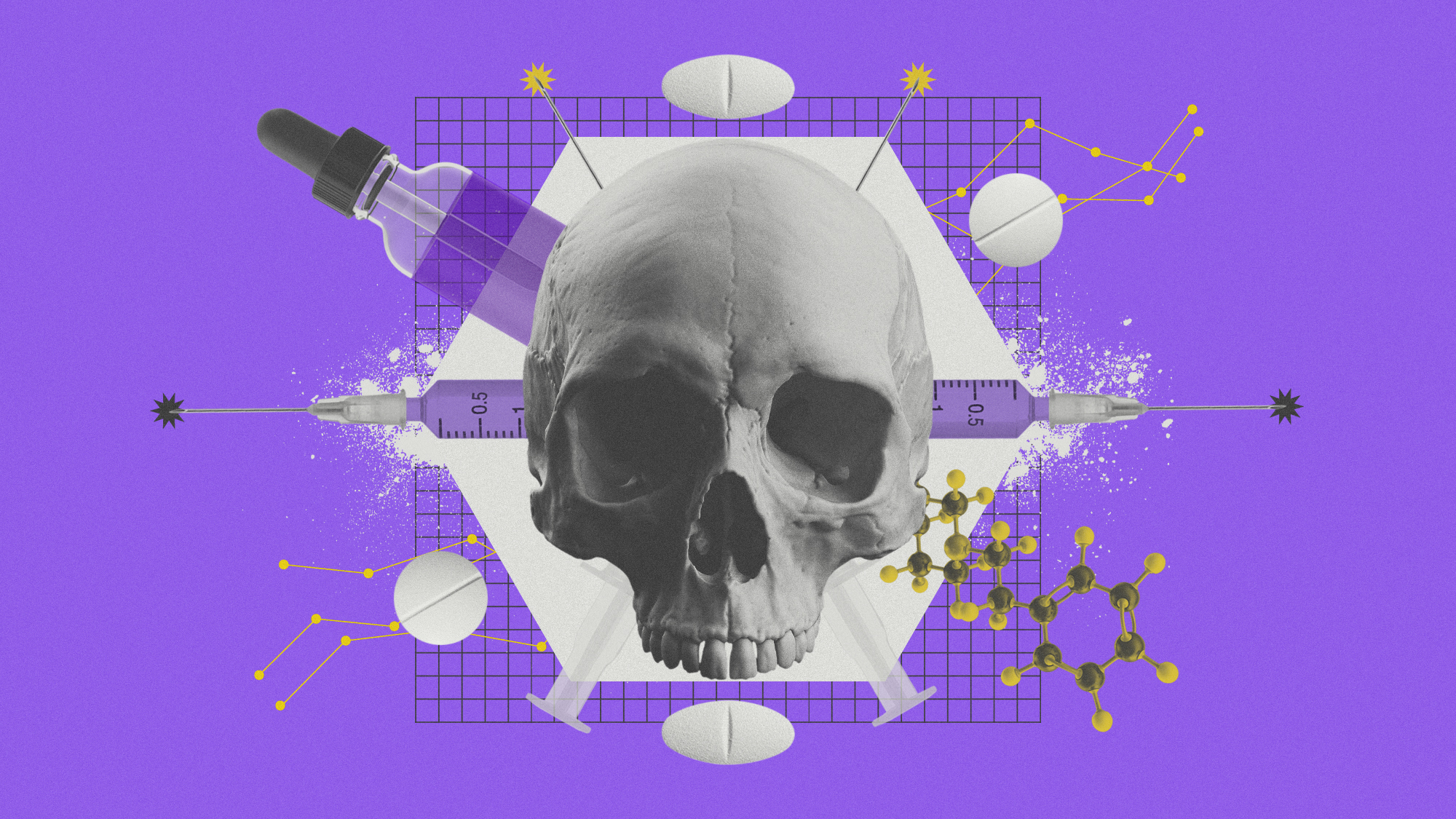 The UK’s opioid crisis: why the stats don’t add up
The UK’s opioid crisis: why the stats don’t add upThe Explainer A new report has revealed that the UK’s total of opioid-related deaths could be much greater than official figures show
-
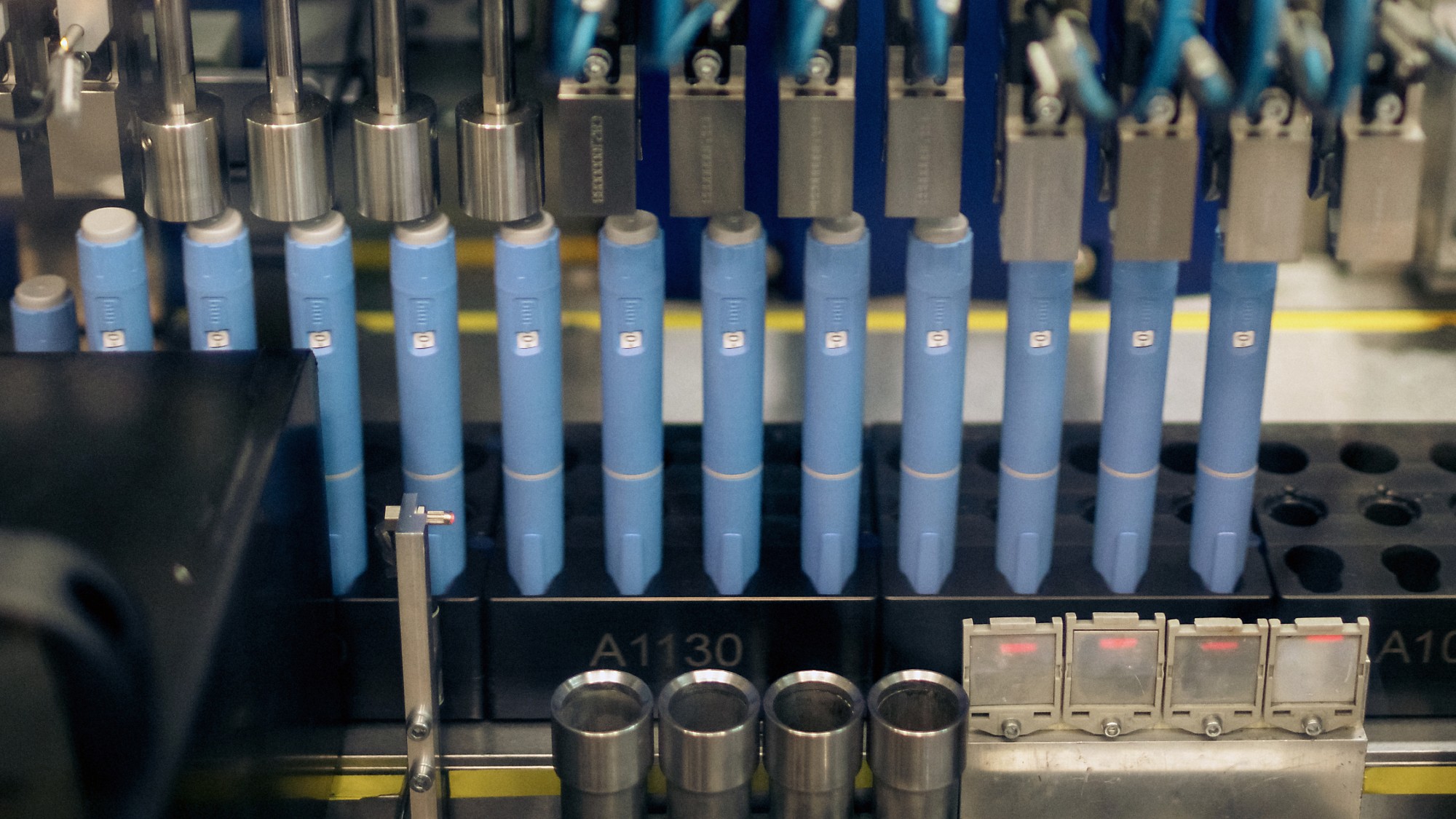 The battle of the weight-loss drugs
The battle of the weight-loss drugsTalking Point Can Novo Nordisk and Eli Lilly regain their former stock market glory? A lot is riding on next year's pills
-
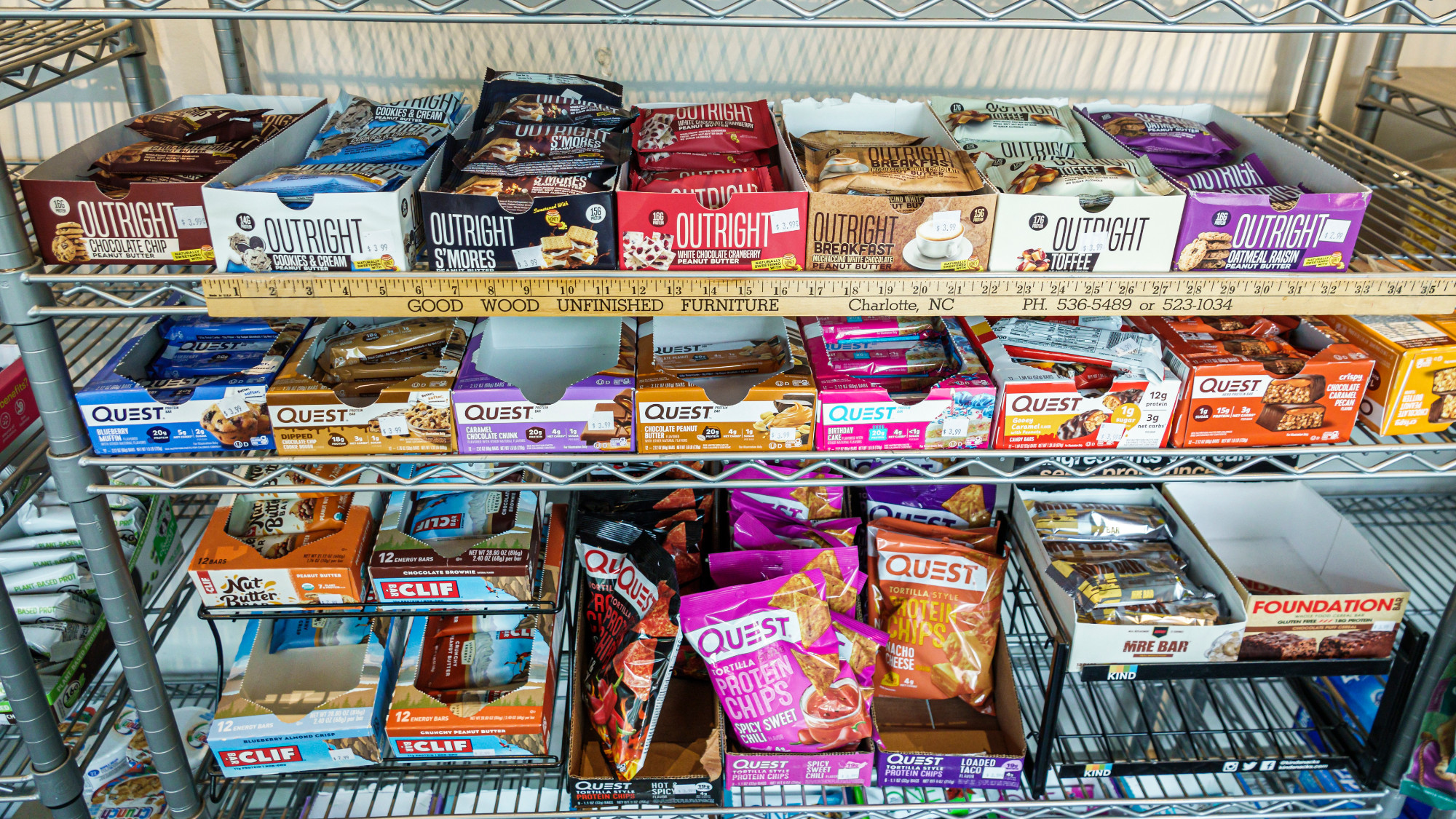 An insatiable hunger for protein
An insatiable hunger for proteinFeature Americans can't get enough of the macronutrient. But how much do we really need?